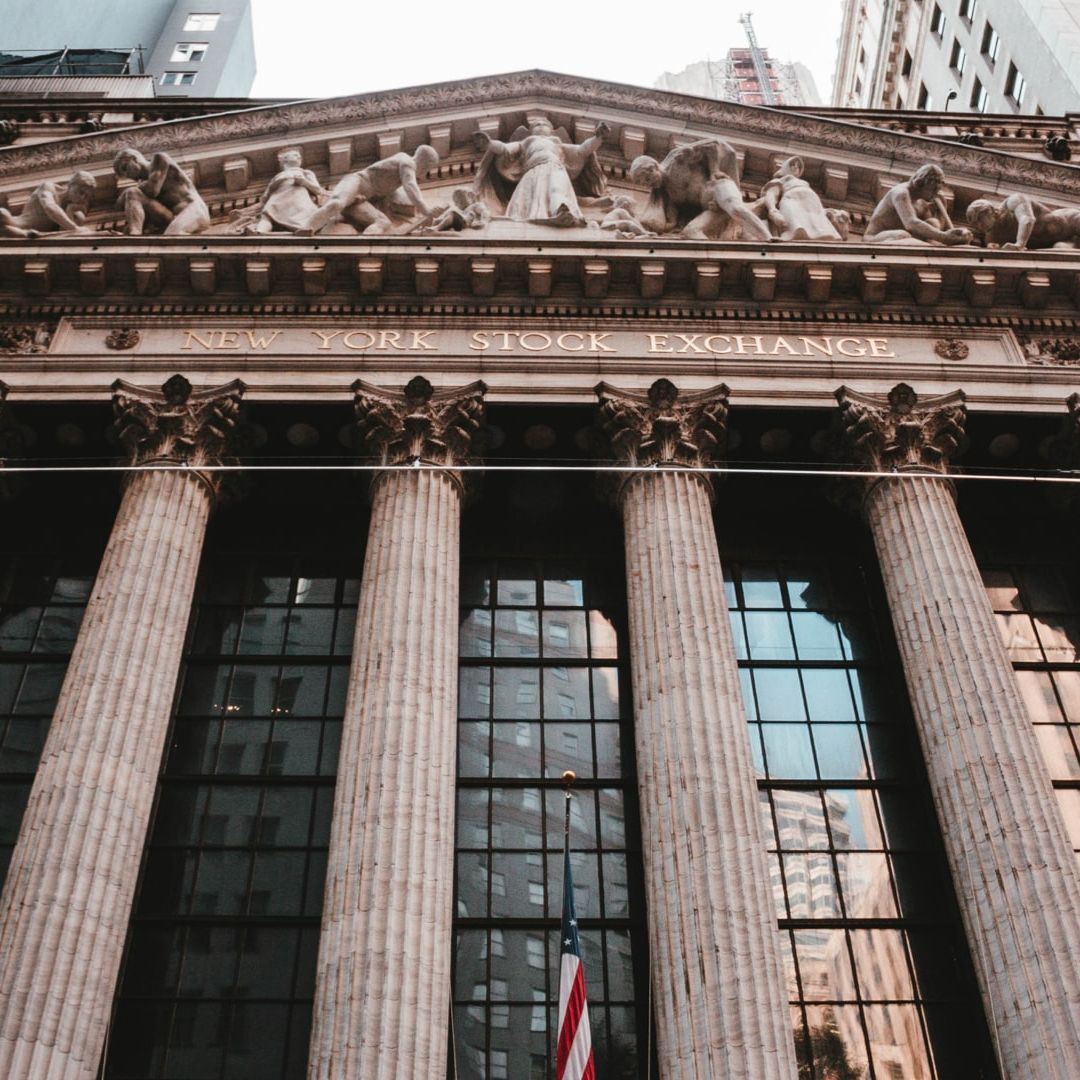Falling bond prices and rising Treasury yields are causing alarm among investors, indicating a possible recession on the horizon. According to Jeff Gundlach, founder of DoubleLine Capital, the recent surge in Treasury yields is a clear warning sign that a recession in the U.S., which investors have been preparing for since last year, might finally be imminent.
Gundlach is closely monitoring the upcoming jobs report on Friday for further indications of an impending recession. In a recent tweet, he emphasized how the rapid normalization of the Treasury yield curve is particularly concerning. The yield curve, which measures the premium obtained by investors from investing in long-term and ultra-long-term bonds, has been de-inverting at an alarming rate. It was at -108 basis points a few months ago and now stands at -35 basis points.
Gundlach's tweet stated, "The US Treasury yield curve is de-inverting very rapidly. Should put everyone on recession warning, not just recession watch. If the unemployment rate ticks up just a couple of tenths it will be recession alert. Buckle up."
Economists rely on the yield curve to evaluate the health of an economy. Typically, an inverted yield curve, where short-term yields exceed long-term yields, is regarded as a reliable indicator of an impending recession. Historical data since the 1960s has shown that yield-curve inversions have preceded nearly all recessions. The underlying logic is that investors prefer longer-dated bonds to secure their capital for an extended period during economic uncertainty.
However, it's worth noting that recessions often follow inversions with a lag. Bond market experts have observed that when the yield curve begins to normalize after a period of inversion, it suggests that the countdown to recession is nearing its end.
In recent times, the yield on the 2-year Treasury note has consistently been higher than the 10-year note since July 11th. This is the longest period of inversion since 1980, according to Dow Jones Market Data.
Treasury Yields and Recession Concerns
According to Dow Jones Market Data, as of 3 p.m. Eastern Time on Tuesday, the spread between the yield on the 2-year Treasury (BX:TMUBMUSD02Y) and the 10-year Treasury (BX:TMUBMUSD10Y) had narrowed to negative 34.7 basis points. The 2-year yield stood at 5.148%, while the 10-year yield was at 4.801%.
Bond king Jeffrey Gundlach expressed his belief that the Federal Reserve's aggressive interest rate hikes, initiated since March 2022, will soon push the U.S. economy into a painful recession. Gundlach predicts that this recession will begin in the first half of 2024, as the labor market succumbs to pressure from the central bank. He expects that in response to this economic downturn, the Fed will cut interest rates, leading to higher bond prices and lower yields. It's worth noting that bond yields move inversely to prices.
Dow Jones data reveals that both the 10-year and 30-year Treasury bonds (BX:TMUBMUSD30Y) reached their highest levels since the second half of 2007 during Tuesday's 3 p.m. Eastern Time trading session. The yield on the 30-year bond briefly exceeded 5% overnight.
Also: Rising Treasury yields are causing disruptions in financial markets. Find out why.
Bill Gross, another prominent figure in the bond market, echoed Gundlach's concerns about higher interest rates. In a recent post, Gross stated that mortgage rates at 7.7% would soon "shut down" the housing market.
On Friday, the Department of Labor is set to release its next labor-market update, which will include the latest unemployment rate data. Economists surveyed by The Wall Street Journal anticipate a slight decrease in the unemployment rate from 3.8% to 3.7%. Additionally, these economists expect that around 170,000 jobs were created in the previous month.
Although Wall Street economists had predicted an earlier recession this year, several factors, such as resilient consumer savings, locked-in low rates by companies and households in previous years, and the boom in artificial intelligence, have contributed to stronger-than-expected growth.
While there are signs of cooling in the labor market, other economic indicators, excluding the manufacturing sector, appear relatively healthy. The Atlanta Fed's GDPNow forecasting tool projects GDP growth of 4.9% for the third quarter.

Leave A Reply
Your email address will not be published. Required fields are marked *